originally posted at https://canmom.tumblr.com/post/666961...
So, the plan tonight was to focus on Northern Irish animation, primarily the work of John McCloskey. Unfortunately I hit the problem that McCloskey’s animations have generally never seen wide release, so with a bit of scouring of the intertubes later, I have had no luck acquiring them.
So it’s time for a plan B!
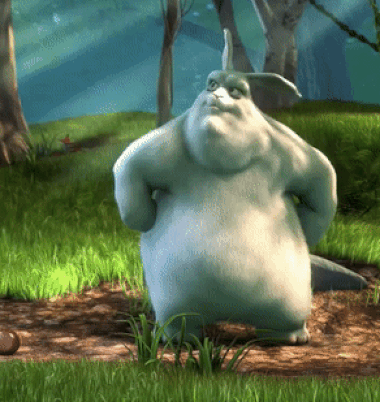
B in this case stands for Blender.
Let’s roll the clock back to 2006, when a fifteen-year-old Bryn is doing her GCSEs and eagerly posting, in that unselfconscious childlike way, on forums for the open-source CG software Blender. Blender at this point isn’t nearly such a presence as it is now, used in various mainstream productions with a whole industry of tutorial producers. The Cycles raytracer hasn’t been invented, nobody has heard of nodes or sculpting, and even the interface is generally a lighter shade of grey with slightly more colourful buttons.
Here’s something a 13-year-old Bryn made in 2005 in Blender for comparison (a school project):
So what even is Blender, where did this program come from? Before it became a flagship open source project to compete respectably with the likes of Maya and 3DSMax, not to mention linchpin of 3D erotic art etc., Blender was an in-house animation tool for a Dutch animation studio called NeoGeo (not to be confused with the game console which gave NewGrounds its name). It came into existence around the same time as Toy Story (see Animation Night 75):
The version 1.00 was released in January 1995,[14] with the primary author being company co-owner and software developer Ton Roosendaal. The name Blender was inspired by a song by the Swiss electronic band Yello, from the album Baby which NeoGeo used in its showreel.[15][16][17] Some of the design choices and experiences for Blender were carried over from an earlier software application, called Traces, that Roosendaal developed for NeoGeo on the Commodore Amiga platform during the 1987–1991 period.[18]
Blender outlived NeoGeo, seeing a first release as a freeware program in 1998, then development as shareware until 2002 when Roosendaal’s company went bankrupt again. At this point he started crowdfunding Blender to be released open source, controlled by a not-for-profit Blender Foundation; this was successful and Blender became FOSS. Which is actually very soon before I started using it! A tiny handful of tutorials sprang up around this time, mostly on the Blender website, covering such subjects as Pixar-style eyes.
Alongside them was a forum for users of this obscure kinda janky 3D software, called Blender Artists. (I seem to remember it going by a different name at some point, but if so, that is lost in the mists of time). Nowadays BlenderArtists attracts a lot of very impressive professional-looking work; that was not so back then outside of a tiny handful of users, who were revered as sort of local gods, much to their frustration as artists seeking feedback! But most of us were just kids jumping into computer graphics at the deep end.
Anyway, into this milieu came the ‘Orange Open Movie Project’: a challenge (with Netherlands film board funding) to make a short film using entirely open-source software, primarily Blender, which would push the Blender devs to implement whatever new features the artists might need. The resulting film would be distributed for free under creative commons.
The project was a big success, though perhaps the resulting movie was a little opaque for many viewers! It became a rather enigmatic art film about two people trapped in a vast, surreal chairoscuro machine titled Elephants Dream, which is still striking, and features a great soundtrack by Jan Morgenstern (who became the composer for most of the Open Movies).
Soon, Blender Open Movies became a semiannual event, starting with the Peach Open Movie Project in 2008 which tried for something much more cartoony, a kind of slapstick cartoon called Big Buck Bunny in which a giant kindly bunny fights a group of sadistic squirrels, pushing them to develop fur and grass rendering features. Subsequently, there was a big group effort to re-render the film at 4k60fps HDR, with the work of rendering frames split between hundreds of different computers.
The Durian Open Movie Project followed this in 2010, a pretty straightforward fantasy story about a girl adopting a dragon:
The next fruit on the list was Mango, bringing Tears of Steel, which focused on developing camera tracking and live-action compositing, directed by Ian Hubert. Hubert would later go on to be create many widely watched ‘one minute tutorials’ and embark on a massive film project called Dynamo Dream, the first episode of which dropped earlier this year. Tears of Steel involved human characters interacting with a large robot in real-world environments:
2013 brought the first of the Caminandes series of Chuck Jones-inspired cartoons about an ill-fortuned llama, starting as a small side project of Pablo Vazquez, Beorn Leonard and Francesco Siddi. I’m not sure what fruit named their project, or if this was the beginning of them dropping the fruit naming scheme; in any case it led to two more episodes down the line. Unfortunately I am now at the video limit for a post, so I’m going to have to post still images from here on out!!
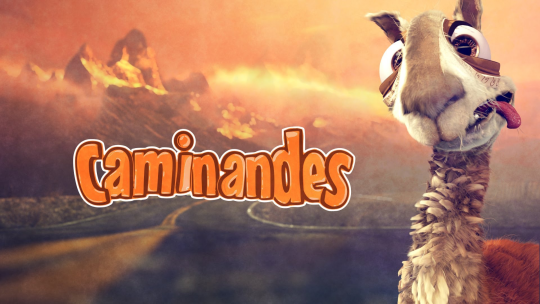
The Gooseberry Open Movie Project created a pilot for what was intended to be an open-source animated feature film called Cosmos Laundromat in which a suicidal sheep is isekaied through a washing machine into a series of strange worlds. The pilot was completed in 2015, but the longer term project sadly seems to have stalled…
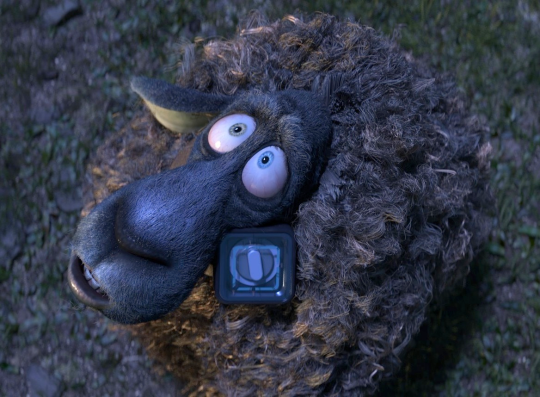
Glass Half also dropped in 2015, a tiny short film dir. Sarah Laufer with a heavy emphasis on character acting, the characters speaking in a gibberish language with a cel-shaded, 2D style. (This was not yet Grease Pencil, but using Blender’s 3D graphics tools to make a 2D film!) It features two thumb-shaped art fans arguing about taste, eventually finding unity in their mutual distaste for a third party…
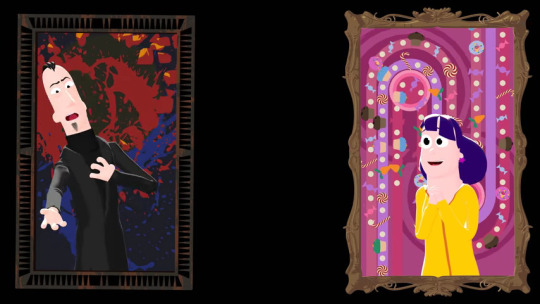
Another attempt to make a feature film came in 2017, with an adaptation of a Dutch comic book character, a comedy spy called Agent 327. So far this has produced a fun little three-minute teaser called Operation Barbershop.
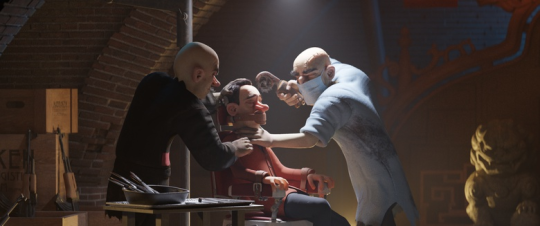
Alongside this was, uh, The Daily Dweebs (2017) by Andy Goralczyk, a one minute film about a weird dog? I don’t know what to say about this one lmao
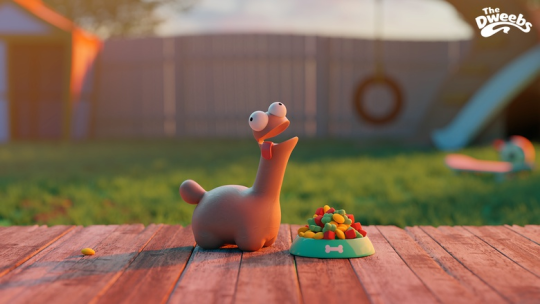
The next year, the open movie focused on demonstrating the capabilities of the new Grease Pencil 2D-in-3D tool, with a short film called Hero (2018) dir. Daniel Martinez Lara. Grease Pencil has since seen a pretty enthusiastic adoption by at least some parts of the 2D film industry, used to make films like J’ai Perdu mon Corps (Animation Night 32) and adopted by anime animators like Ryo-Timo. In my experience, Grease Pencil takes a lot of getting used to if you’re familiar with a raster workflow but it has a lot of potential for bridging the gap between the ease of drawing with a tablet, and the computer-facility of vector animation…
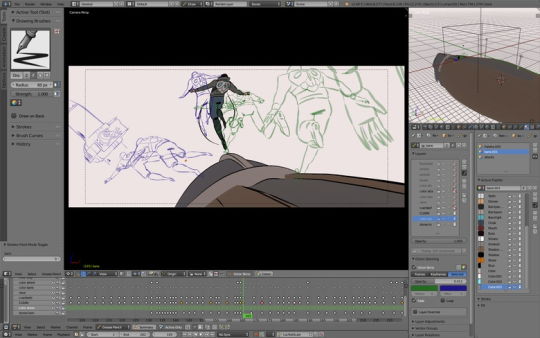
Two years ago we got Spring (2019), a film in the vein of Hilda about a girl interacting with mythological creatures again dir. Andy Goralczyk, inspired apparently by his childhood in Germany. Naturally this emphasises environment rendering, with some really gorgeous shots…

The next year Hjalti Hjalmarsson directs another 2D short, this one a very short (three minutes) but visually rich loop in which a girl through her memories titled Coffee Run (2020).

And that brings us to the most recent Open Movie Project, which landed just a few days ago! Sprite Fight is a very violent little cartoon riffing on 80s movies, in which a group of humans are slaughtered by murderous smurflike mushroom guys for their disrespect of nature. Featuring all sorts of uh little mushroom guy guro i guess lmao. I actually already showed this one a few days ago after my films wouldn’t download on Toku Tuesday, but now you get to see it again… in context!

So what to say of the phenomenon of Blender Open Movies? Do they represent a new paradigm of filmmaking or something - a way out of the dead end of capitalist media production and copyright?
Only somewhat; Blender Studios are able to pay their animators thanks to extensive crowdfunding measures and support from primarily the Dutch government, which doesn’t mean it’s not still really good that we have a very talented CG animation studio putting out all their work, including the assets used to make the film, under Creative Commons. As a model it kind of depends on creating a unified identity around being a user of particular software, the ‘Blender community’, with its weird loyalisms and
The most interesting thing about these films is inevitably how they were made: by being done in the open, have a way of illustrating just what an insane amount of work and organisation goes into making even a short animated film; I recall being part of an effort to make more volunteer-driven ‘community organised’ short film around the time of Big Buck Bunny, which I’m sure you’ll be shocked to hear basically fell apart after the initial burst of enthusiasm for planning and asset creation. The fact that they are still making films more than 15 years after Elephants Dream is really impressive.
Artistically… these films are very polished, usually with a lot of technical animation skill which makes them hold up well in comparison to other CG short films; they often tend to be at least surprising enough to not disappear into being simple tech demos. Elephants Dream in particular stands as particularly unique, to the point that I’m not sure what I could compare it to; perhaps the short film Dream of Kafka we saw at Annecy? Some of the cartoony ones also fare very well, in that they take a suitable glee in violence! That said, one can imagine how they are limited by the burden of being the flagship Blender Open Movies, representing the tribe of Blender to the wider ‘CG community’. But still, I’m very fond of them, they were a big part of my early animatorly aspirations…
Animation Night 78 will be starting very soon; please head over to twitch.tv/canmom while I get set up! Along with the Open Movies, I’m also going to show some of Ian Hubert’s more recent work, and if anyone knows of other noteworthy Blender works, throw em my way and hopefully we can include em~
Comments